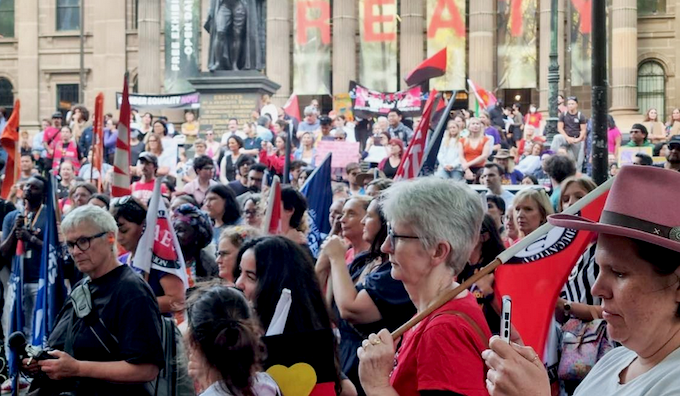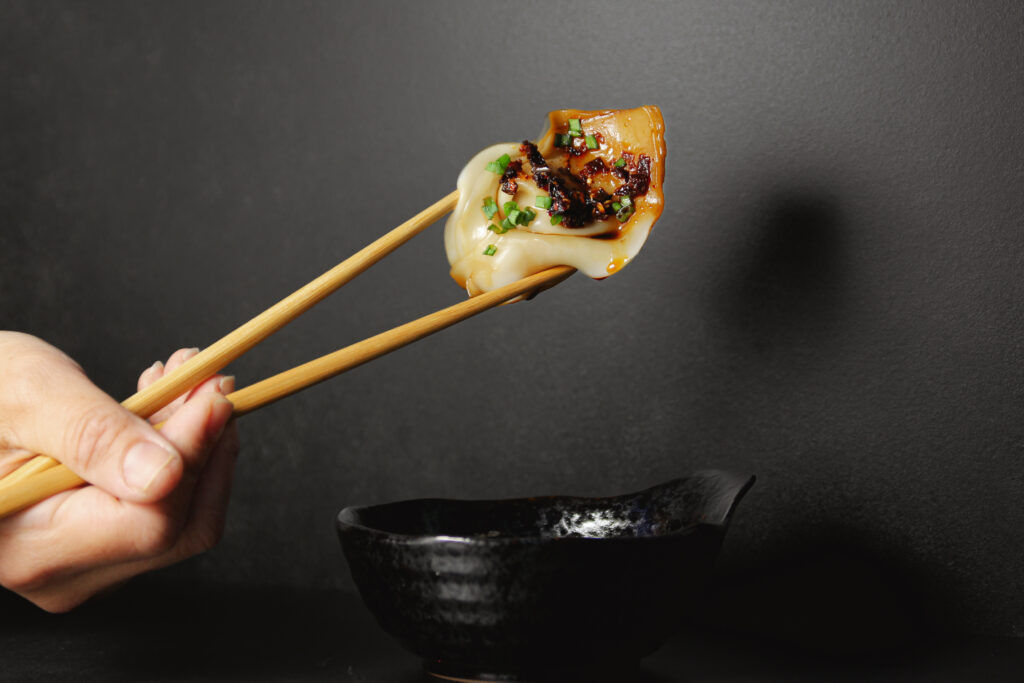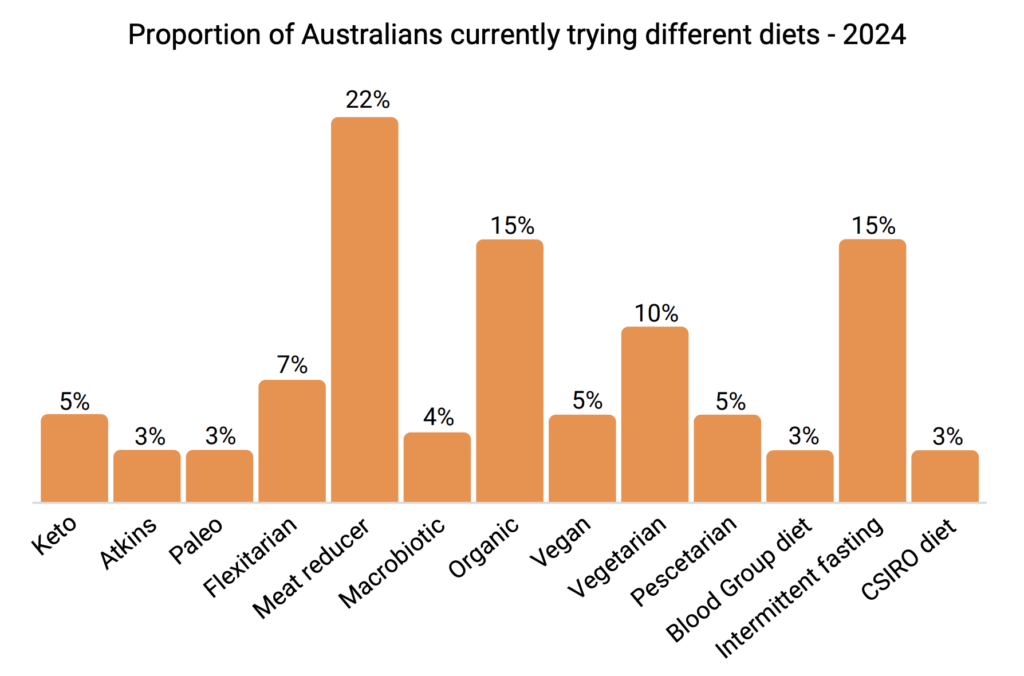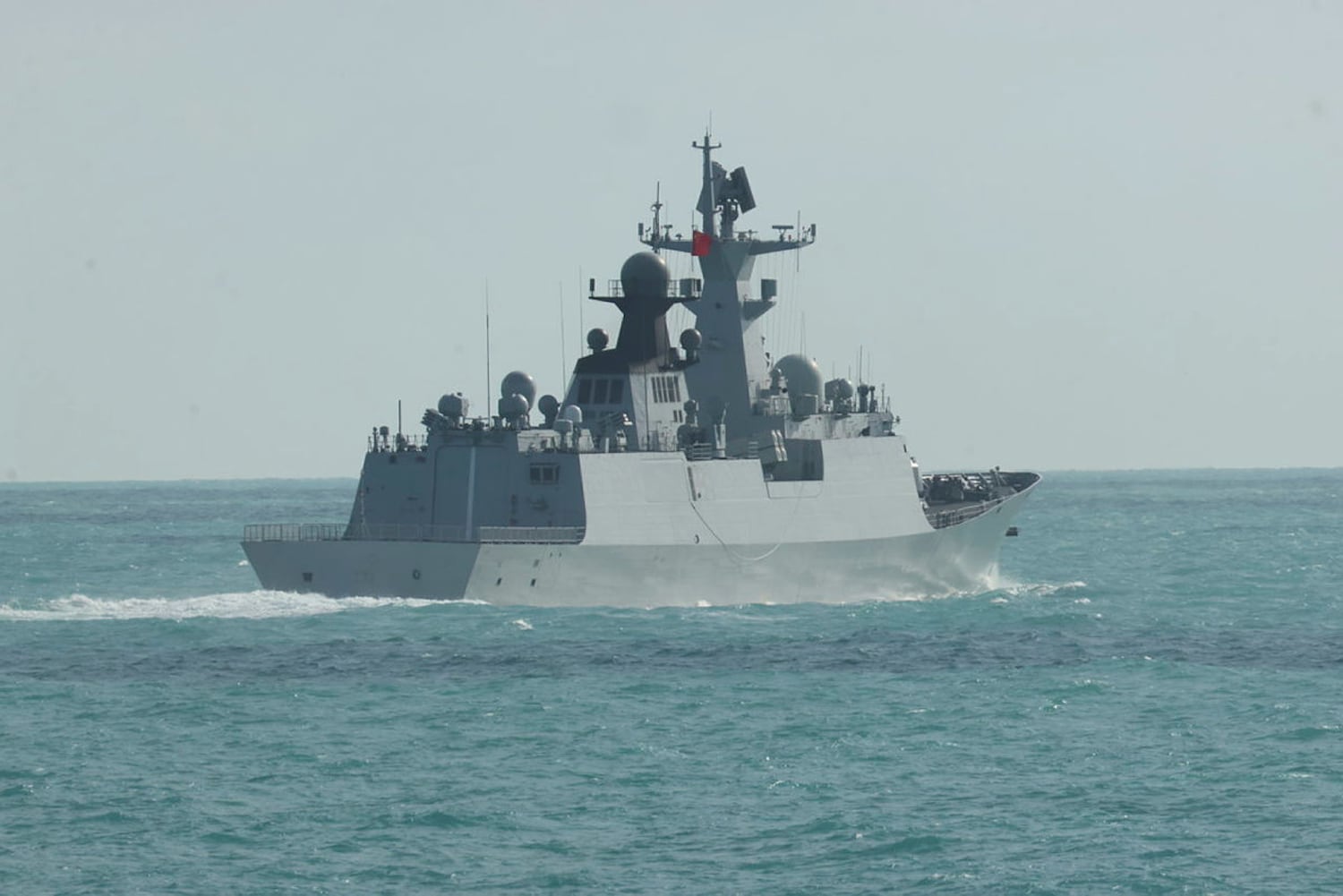SPECIAL REPORT: By Peter Cronau for Declassified Australia
Australia is caught in a jam, between an assertive American ally and a bold Chinese trading partner. America is accelerating its pivot to the Indo-Pacific, building up its fighting forces and expanding its military bases.
As Australia tries to navigate a pathway between America’s and Australia’s national interests, sometimes Australia’s national interest seems to submerge out of view.
Admiral David Johnston, the Chief of the Australia’s Defence Force, is steering this ship as China flexes its muscle sending a small warship flotilla south to circumnavigate the continent.
He has admitted that the first the Defence Force heard of a live-fire exercise by the three Chinese Navy ships sailing in the South Pacific east of Australia on February 21, was a phone call from the civilian Airservices Australia.
“The absence of any advance notice to Australian authorities was a concern, notably, that the limited notice provided by the PLA could have unnecessarily increased the risk to aircraft and vessels in the area,” Johnston told Senate Estimates .
Johnston was pressed to clarify how Defence first came to know of the live-fire drill: “Is it the case that Defence was only notified, via Virgin and Airservices Australia, 28 minutes [sic] after the firing window commenced?”
To this, Admiral Johnston replied: “Yes.”
If it happened as stated by the Admiral — that a live-fire exercise by the Chinese ships was undertaken and a warning notice was transmitted from the Chinese ships, all without being detected by Australian defence and surveillance assets — this is a defence failure of considerable significance.
Sources with knowledge of Defence spoken to by Declassified Australia say that this is either a failure of surveillance, or a failure of communication, or even more far-reaching, a failure of US alliance cooperation.
And from the very start the official facts became slippery.
Our latest investigation –
AUSTRALIA’S DEFENCE: NAVIGATING US-CHINA TENSIONS
We investigate a significant intelligence failure to detect live-firing by Chinese warships near Australia, has exposed Defence weaknesses, and the fact that when it counts, we are all alone.
— Declassified Australia (@DeclassifiedAus) March 7, 2025
What did they know and when did they know it
The first information passed on to Defence by Airservices Australia came from the pilot of a Virgin passenger jet passing overhead the flotilla in the Tasman Sea that had picked up the Chinese Navy VHF radio notification of an impending live-fire exercise.
The radio transmission had advised the window for the live-fire drill commenced at 9.30am and would conclude at 3pm.
We know this from testimony given to Senate Estimates by the head of Airservices Australia. He said Airservices was notified at 9.58am by an aviation control tower informed by the Virgin pilot. Two minutes later Airservices issued a “hazard alert” to commercial airlines in the area.
The Headquarters of the Defence Force’s Joint Operations Command (HJOC), at Bungendore 30km east of Canberra, was then notified about the drill by Airservices at 10.08am, 38 minutes after the drill window had commenced.
When questioned a few days later, Prime Minister Anthony Albanese appeared to try to cover for Defence’s apparent failure to detect the live-fire drill or the advisory transmission.
“At around the same time, there were two areas of notification. One was from the New Zealand vessels that were tailing . .. the [Chinese] vessels in the area by both sea and air,” Albanese stated. “So that occurred and at the same time through the channels that occur when something like this is occurring, Airservices got notified as well.”
But the New Zealand Defence Force had not notified Defence “at the same time”. In fact it was not until 11.01am that an alert was received by Defence from the New Zealand Defence Force — 53 minutes after Defence HQ was told by Airservices and an hour and a half after the drill window had begun.

Defence Minister Richard Marles later in a round-about way admitted on ABC Radio that it wasn’t the New Zealanders who informed Australia first: “Well, to be clear, we weren’t notified by China. I mean, we became aware of this during the course of the day.
“What China did was put out a notification that it was intending to engage in live firing. By that I mean a broadcast that was picked up by airlines or literally planes that were commercial planes that were flying across the Tasman.”
Later the Chinese Ambassador to Australia, Xiao Qian, told ABC that two live-fire training drills were carried out at sea on February 21 and 22, in accordance with international law and “after repeatedly issuing safety notices in advance”.
Eyes and ears on ‘every move’
It was expected the Chinese-navy flotilla would end its three week voyage around Australia on March 7, after a circumnavigation of the continent. That is not before finally passing at some distance the newly acquired US-UK nuclear submarine base at HMAS Stirling near Perth and the powerful US communications and surveillance base at North West Cape.
Just as Australia spies on China to develop intelligence and targeting for a potential US war, China responds in kind, collecting data on US military and intelligence bases and facilities in Australia, as future targets should hostilities commence.
The presence of the Chinese Navy ships that headed into the northern and eastern seas around Australia attracted the attention of the Defence Department ever since they first set off south through the Mindoro Strait in the Philippines and through the Indonesian archipelago from the South China Sea on February 3.
“We are keeping a close watch on them and we will be making sure that we watch every move,” Marles stated in the week before the live-fire incident.
“Just as they have a right to be in international waters . . . we have a right to be prudent and to make sure that we are surveilling them, which is what we are doing.”
Around 3500 km to the north, a week into the Chinese ships’ voyage, a spy flight by an RAAF P-8A Poseidon surveillance plane on February 11, in a disputed area of the South China Sea south of China’s Hainan Island, was warned off by a Chinese J-16 fighter jet.
The Chinese Foreign Ministry responded to Australian protests claiming the Australian aircraft “deliberately intruded” into China’s claimed territorial airspace around the Paracel Islands without China’s permission, thereby “infringing on China’s sovereignty and endangering China’s national security”.
Australia criticised the Chinese manoeuvre, defending the Australian flight saying it was “exercising the right to freedom of navigation and overflight in international waters and airspace”.
Two days after the incident, the three Chinese ships on their way to Australian waters were taking different routes in beginning their own “right to freedom of navigation” in international waters off the Australian coast. The three ships formed up their mini flotilla in the Coral Sea as they turned south paralleling the Australian eastern coastline outside of territorial waters, and sometimes within Australia’s 200-nautical-mile (370 km) Exclusive Economic Zone.
“Defence always monitors foreign military activity in proximity to Australia. This includes the Peoples Liberation Army-Navy (PLA-N) Task Group.” Admiral Johnston told Senate Estimates.
“We have been monitoring the movement of the Task Group through its transit through Southeast Asia and we have observed the Task Group as it has come south through that region.”
The Task Group was made up of a modern stealth guided missile destroyer Zunyi, the frigate Hengyang, and the Weishanhu, a 20,500 tonne supply ship carrying fuel, fresh water, cargo and ammunition. The Hengyang moved eastwards through the Torres Strait, while the Zunyi and Weishanhu passed south near Bougainville and Solomon Islands, meeting in the Coral Sea.

As the Chinese ships moved near northern Australia and through the Coral Sea heading further south, the Defence Department deployed Navy and Air Force assets to watch over the ships. These included various RAN warships including the frigate HMAS Arunta and a RAAF P-8A Poseidon intelligence, surveillance and reconnaissance plane.
With unconfirmed reports a Chinese nuclear submarine may also be accompanying the surface ships, the monitoring may have also included one of the RAN’s Collins-class submarines, with their active range of sonar, radar and radio monitoring – however it is uncertain whether one was able to be made available from the fleet.
“From the point of time the first of the vessels entered into our more immediate region, we have been conducting active surveillance of their activities,” the Defence chief confirmed.
As the Chinese ships moved into the southern Tasman Sea, New Zealand navy ships joined in the monitoring alongside Australia’s Navy and Air Force.
The range of signals intelligence (SIGINT) that theoretically can be intercepted emanating from a naval ship at sea includes encrypted data and voice satellite communications, ship-to-ship communications, aerial drone data and communications, as well as data of radar, gunnery, and weapon launches.
There are a number of surveillance facilities in Australia that would have been able to be directed at the Chinese ships.
Australian Signals Directorate’s (ASD) Shoal Bay Receiving Station outside of Darwin, picks up transmissions and data emanating from radio signals and satellite communications from Australia’s near north region. ASD’s Cocos Islands receiving station in the mid-Indian ocean would have been available too.
The Jindalee Operational Radar Network (JORN) over-the-horizon radar network, spread across northern Australia, is an early warning system that monitors aircraft and ship movements across Australia’s north-western, northern, and north-eastern ocean areas — but its range off the eastern coast is not thought to presently reach further south than the sea off Mackay on the Queensland coast.
Of land-based surveillance facilities, it is the American Pine Gap base that is believed to have the best capability of intercepting the ship’s radio communications in the Tasman Sea.
Enter, Pine Gap and the Americans
The US satellite surveillance base at Pine Gap in Central Australia is a US and Australian jointly-run satellite ground station. It is regarded as the most important such American satellite base outside of the USA.

The role of ASD in supporting the extensive US surveillance mission against China is increasingly valued by Australia’s large Five Eyes alliance partner.
A Top Secret ‘Information Paper’, titled “NSA Intelligence Relationship with Australia”, leaked from the National Security Agency (NSA) by Edward Snowden and published by ABC’s Background Briefing, spells out the “close collaboration” between the NSA and ASD, in particular on China:
“Increased emphasis on China will not only help ensure the security of Australia, but also synergize with the U.S. in its renewed emphasis on Asia and the Pacific . . . Australia’s overall intelligence effort on China, as a target, is already significant and will increase.”
The Pine Gap base, as further revealed in 2023 by Declassified Australia, is being used to collect signals intelligence and other data from the Israeli battlefield of Gaza, and also Ukraine and other global hotspots within view of the US spy satellites.
It’s recently had a significant expansion (reported by this author in The Saturday Paper) which has seen its total of satellite dishes and radomes rapidly increase in just a few years from 35 to 45 to accommodate new heightened-capability surveillance satellites.
Pine Gap base collects an enormous range and quantity of intelligence and data from thermal imaging satellites, photographic reconnaissance satellites, and signals intelligence (SIGINT) satellites, as expert researchers Des Ball, Bill Robinson and Richard Tanter of the Nautilus Institute have detailed.
These SIGINT satellites intercept electronic communications and signals from ground-based sources, such as radio communications, telemetry, radar signals, satellite communications, microwave emissions, mobile phone signals, and geolocation data.
Alliance priorities
The US’s SIGINT satellites have a capability to detect and receive signals from VHF radio transmissions on or near the earth’s surface, but they need to be tasked to do so and appropriately targeted on the source of the transmission.
For the Pine Gap base to intercept VHF radio signals from the Chinese Navy ships, the base would have needed to specifically realign one of those SIGINT satellites to provide coverage of the VHF signals in the Tasman Sea at the time of the Chinese ships’ passage. It is not known publicly if they did this, but they certainly have that capability.
However, it is not only the VHF radio transmission that would have carried information about the live-firing exercise.
Pine Gap would be able to monitor a range of other SIGINT transmissions from the Chinese ships. Details of the planning and preparations for the live-firing exercise would almost certainly have been transmitted over data and voice satellite communications, ship-to-ship communications, and even in the data of radar and gunnery operations.
But it is here that there is another possibility for the failure.
The Pine Gap base was built and exists to serve the national interests of the United States. The tasking of the surveillance satellites in range of Pine Gap base is generally not set by Australia, but is directed by United States’ agencies, the National Reconnaissance Office (NRO) together with the US Defense Department, the National Security Agency (NSA), and Central Intelligence Agency (CIA).
Australia has learnt over time that US priorities may not be the same as Australia’s.
Australian defence and intelligence services can request surveillance tasks to be added to the schedule, and would have been expected to have done so in order to target the southern leg of the Chinese Navy ships’ voyage, when the ships were out of the range of the JORN network.
The military demands for satellite time can be excessive in times of heightened global conflict, as is the case now.
Whether the Pine Gap base was devoting sufficient surveillance resources to monitoring the Chinese Navy ships, due to United States’ priorities in Europe, Russia, the Middle East, Africa, North Korea, and to our north in the South China Sea, is a relevant question.
It can only be answered now by a formal government inquiry into what went on — preferably held in public by a parliamentary committee or separately commissioned inquiry. The sovereign defence of Australia failed in this incident and lessons need to be learned.
Who knew and when did they know
If the Pine Gap base had been monitoring the VHF radio band and heard the Chinese Navy live-fire alert, or had been monitoring other SIGINT transmissions to discover the live-fire drill, the normal procedure would be for the active surveillance team to inform a number of levels of senior officers, a former Defence official familiar with the process told Declassified Australia.

Expected to be included in the information chain are the Australian Deputy-Chief of Facility at the US base, NSA liaison staff at the base, the Australian Signals Directorate head office at the Defence complex at Russell Hill in Canberra, the Defence Force’s Headquarters Joint Operations Command, in Bungendore, and the Chief of the Defence Force. From there the Defence Minister’s office would need to have been informed.
As has been reported in media interviews and in testimony to the Senate Estimates hearings, it has been stated that Defence was not informed of the Chinese ships’ live-firing alert until a full 38 minutes after the drill window had commenced.
The former Defence official told Declassified Australia it is vital the reason for the failure to detect the live-firing in a timely fashion is ascertained.
Either the Australian Defence Force and US Pine Gap base were not effectively actively monitoring the Chinese flotilla at this time — and the reasons for that need to be examined — or they were, but the information gathered was somewhere stalled and not passed on to correct channels.
If the evidence so far tendered by the Defence chief and the Minister is true, and it was not informed of the drill by any of its intelligence or surveillance assets before that phone call from Airservices Australia, the implications need to be seriously addressed.
A final word
In just a couple of weeks the whole Defence environment for Australia has changed, for the worse.
The US military announces a drawdown in Europe and a new pivot to the Indo-Pacific. China shows Australia it can do tit-for-tat “navigational freedom” voyages close to the Australian coast. US intelligence support is withdrawn from Ukraine during the war. Australia discovers the AUKUS submarines’ arrival looks even more remote. The prime minister confuses the limited cover provided by the ANZUS treaty.
Meanwhile, the US militarisation of Australia’s north continues at pace. At the same time a senior Pentagon official pressures Australia to massively increase defence spending. And now, the country’s defence intelligence system has experienced an unexplained major failure.
Australia, it seems, is adrift in a sea of unpredictable global events and changing alliance priorities.
Peter Cronau is an award-winning, investigative journalist, writer, and film-maker. His documentary, The Base: Pine Gap’s Role in US Warfighting, was broadcast on Australian ABC Radio National and featured on ABC News. He produced and directed the documentary film Drawing the Line, revealing details of Australian spying in East Timor, on ABC TV’s premier investigative programme Four Corners. He won the Gold Walkley Award in 2007 for a report he produced on an outbreak of political violence in East Timor. This article was first published by Declassified Australia and is republished here with the author’s permission.
This post was originally published on Asia Pacific Report.
 …
… 








 Follow our LIVE coverage:
Follow our LIVE coverage: